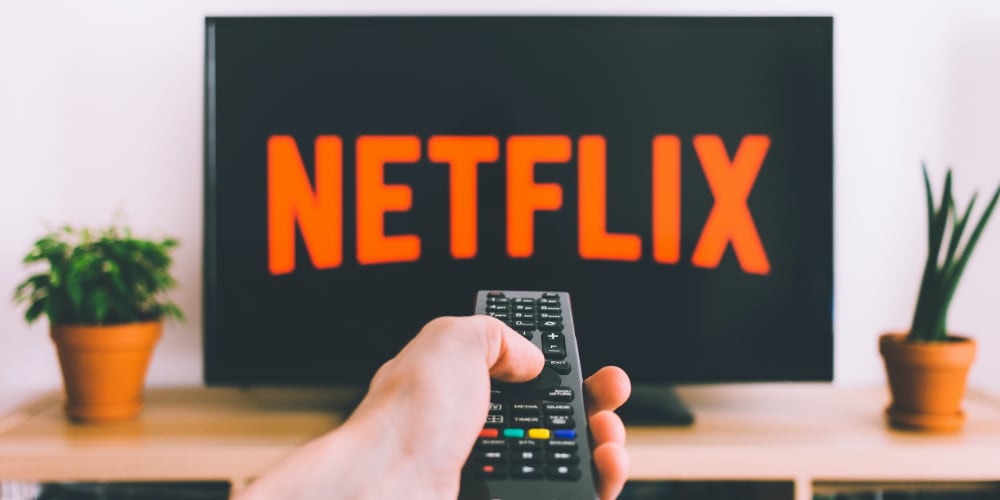Netflix is practically synonymous with streaming video now. It's not quite at the level of "Kleenex" or "Photoshop" in terms of conflating brand names with product categories, but it's close.
Most people who use Netflix today are only dimly aware (or entirely unaware) of its roots as a DVD rental service. Even fewer know how long Netflix has actually been around, or how keenly it has been looking to the future for quite some time.
Let's take a trip back to see how Netflix got here—before it was producing original content, before everyone was streaming, before streaming was even a thing.
Here's how Netflix got to where it is now and how it overcame some interesting obstacles along the path to global success.
The Humble Beginnings of Netflix
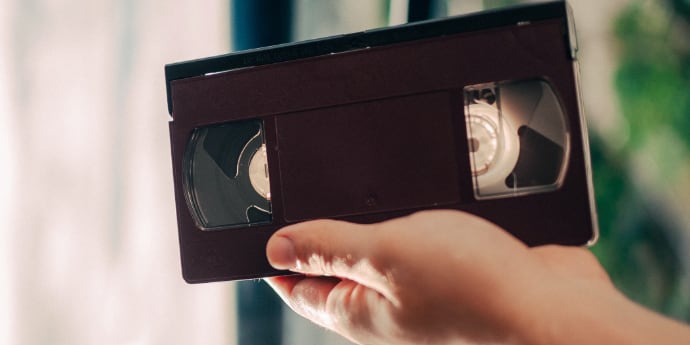
Even if you've been using Netflix for a while, you probably think of the service as having started sometime in the mid-2000s. But that's not entirely true!
Sure, that's when Netflix began to take off in popularity, but Netflix as a service was around for much longer than that.
In fact, Netflix was founded way back in 1997. That's older than Google, which was founded in 1998!
At the time, CEO and co-founder Reed Hastings was keenly aware of how quickly Amazon was growing (Amazon was founded in 1994) and he wanted a piece of a similar sort of business.
The Netflix he started bore no resemblance to the Netflix we know today. Back then, Netflix was more in line with popular-at-the-time video rental stores: you paid per DVD rented.
Except it was all conducted online. Netflix mailed DVDs to customers, who were afforded enough time to watch before they had to ship it back by a given due date.
The company briefly considered selling and renting VHS tapes as well, before deciding that it would be far too expensive to stock and ship them. Without DVDs, Netflix may never have happened.
Netflix: The Early Years and Struggles
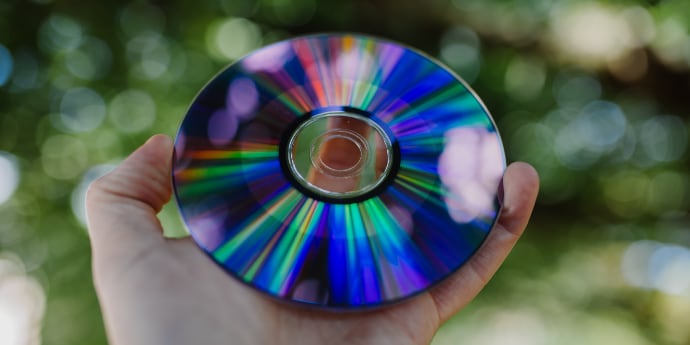
The company had been in business for two years before Netflix started to look a little more like most of us know it.
In 1999, Netflix introduced the option to pay for a membership that would let you rent as many DVDs as you wanted. The only stipulation was that you needed to return a DVD when you were finished before they would send you another one.
This unlimited-rentals membership model proved popular among customers, and in 2000, Netflix decided to drop the ability to pay for individual DVD rentals altogether.
Around that time, Hastings and co-founder Marc Randolph came up with the not-exactly-true story about how Hastings paid a hefty $40 late fee at Blockbuster, and that being the reason why he started Netflix and why customers should switch over.
Netflix was growing quickly, but the one-two punch of the dot-com bubble bursting in 2001 and the September 11 attacks in New York meant tough times for the company. But when many companies went uder, Netflix survived.
Netflix's DVD Rentals Were Just a Front
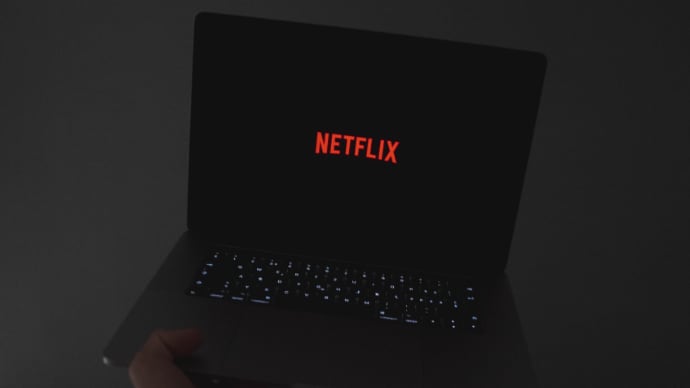
By the mid-2000s, Netflix was quickly approaching its destiny as a household name. Things were looking good, but the company had much bigger plans in mind.
The idea of Netflix offering online video rentals via streaming was something that was discussed early in the company's lifetime, but internet speeds were too slow to execute the idea.
But as internet speeds got increasingly faster with cable and fiber connections, and as video rental services started seeing declines in revenue, Netflix saw the writing on the wall—that it should introduce streaming sooner rather than later.
Netflix had the luxury of a successful mail-order DVD rental business, which meant it could work on streaming technology behind the scenes while waiting for speeds to catch up.
And in 2007, Netflix finally began offering streaming.
The streaming service was originally treated as an extra feature—a bonus for while you were waiting on your DVDs to arrive in the mail. And even though the streaming selection was limited, it was clear that the service worked well.
The Right Place at the Right Time
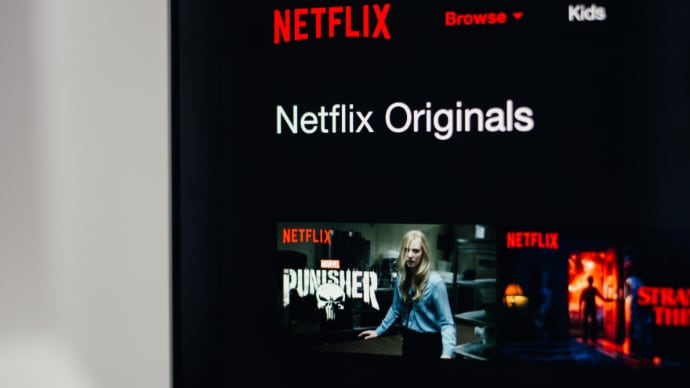
Only a few years later, streaming seemed to be all that mattered. As DVD sales fell and streaming numbers rose, Netflix was perfectly positioned to capitalize on the change.
Much to Netflix's benefit, it already had the customer base and reputation built by its DVD rental service, so the only step left was to make the streaming service known.
Streaming competitors came fast and furious, but there was plenty of room for more—and even as competitors like Hulu succeeded, they didn't chip away at Netflix's core business.
Every once in a while, another company might have stolen the rights to stream a particular movie or TV series away from Netflix, but by that time Netflix was already introducing original content.
That original content is now the company's core offering.
You can still find plenty of non-Netflix-produced movies and TV series on the platform, but those are dwindling away year after year. Ask any Netflix subscriber why they're still subscribed today, and the answer usually involves Netflix Originals.
Where Does Netflix Go From Here?
It's impossible to say how far Netflix will rise from here, or if another service will come along to disrupt Netflix's business the way Netflix disrupted other businesses back in the day.
Nothing lasts forever, especially when it comes to technology, and it remains to be seen if the company is agile enough to respond to up-and-coming threats to its streaming dominance.
Netflix has been great for busy people who are looking for something to kick back with at the end of the day. But those days may be coming to an end—unless you're a fan of Netflix's original content, in which case the best may be yet to come.
